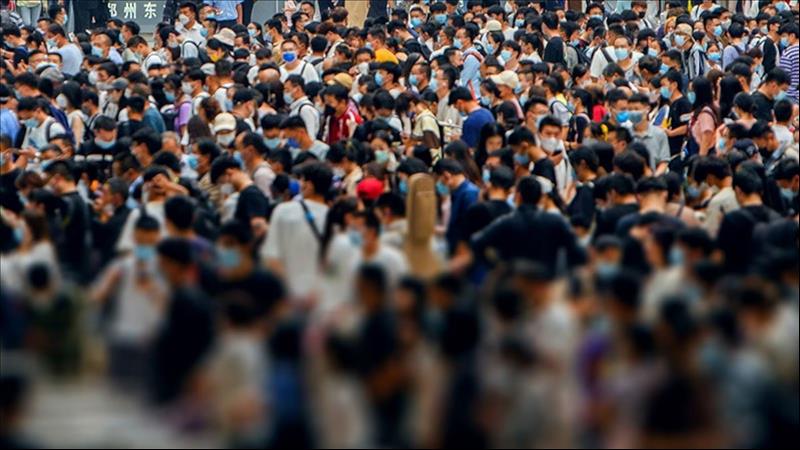
Azerbaijan's Population Grows Slightly In 2024
As of July 1, 2024, Azerbaijan's population has increased by 19,243 people, or 0.2%, reaching a total of 10,200,013, Azernews reports citing the State Statistics Committee.
The population distribution reveals that 54.5% of residents live in urban areas, while 45.5% reside in rural regions. The gender distribution is almost even, with 49.8% male and 50.2% female.
In comparison, the population growth in 2023 was more pronounced, with an increase of 53,625 people, or 0.5%, bringing the total to 10,180,770 by January 1, 2024.
Regional distribution as of the beginning of this year shows that 4.6% of the population lives in the Nakhchivan Autonomous Republic, 23.0% in Baku, and 9.2% in the Lankaran-Astara region. Other significant concentrations include 8.6% in Absheron-Khizi, 7.3% in Garabagh, and 7.1% in Central Aran. Smaller proportions are found in Gazakh-Tovuz (6.7%), Sheki-Zagatala (6.1%), Ganja-Dashkasan (5.9%), Guba-Khachmaz (5.4%), Mil-Mugan (5.1%), Shirvan-Salyan (4.9%), Nagorno-Shirvan (3.1%), and Eastern Zangazur (3.0%). The population density across the country stands at 118 people per square kilometer.
The modest increase in Azerbaijan's population in the first half of 2024 reflects ongoing demographic trends and regional distribution patterns. While the growth rate has slowed compared to previous years, the urban-rural split and regional distribution highlight areas of significant population concentration and potential focus for future development and infrastructure planning.
From January to June 2024, Azerbaijan saw a decline in the number of registered births compared to the same period last year. The Ministry of Justice's district and city registration departments reported 48,702 births, a decrease from 10.7 to 9.6 births per 1,000 people.
The data also indicates that among the newborns, 53.2% were boys and 46.8% were girls. Notably, there were 1,622 sets of twins, 72 sets of triplets, and 4 sets of quadruplets born during this period.
The reduction in birth rates reflects a significant demographic shift in Azerbaijan. While the number of births has decreased, the distribution of genders and multiple births highlights ongoing trends in family dynamics. This decline may prompt further analysis into the factors influencing birth rates and could impact future planning and policy decisions in healthcare and social services.
Legal Disclaimer:
MENAFN provides the information “as is” without warranty of any kind. We do not accept any responsibility or liability for the accuracy, content, images, videos, licenses, completeness, legality, or reliability of the information contained in this article. If you have any complaints or copyright issues related to this article, kindly contact the provider above.






















Comments
No comment